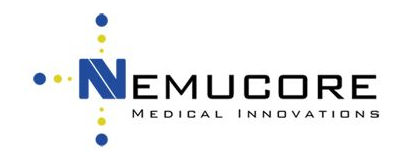Platinum (Pt) based chemotherapy is widely used to treat many types of cancer. Pt therapy faces challenges such as dose limiting toxicities, cumulative side effects, and multidrug resistance. Nanoemulsions (NEs) have tremendous potential in overcoming these challenges as they can be designed to improve circulation time, limit non-disease tissue uptake, and enhance tumor uptake by surface modification. We designed novel synthesis of three difattyacid platins, dimyrisplatin, dipalmiplatin, and distearyplatin, suitable for encapsulation in the oil core of an NE. The dimyrisplatin, dipalmiplatin, and distearyplatin were synthesized, characterized, and loaded into the oil core of our NEs, NMI-350, NMI-351, and NMI-352 respectively. Sequestration of the difattyacid platins was accomplished through high energy microfluidization. To target the NE, FA-PEG3400-DSPE was incorporated into the surface during microfluidization. The FA-NEs selectively bind the folate receptor α (FR-α) and utilize receptor mediated endocytosis to deliver Pt past cell surface resistance mechanisms. FR-α is overexpressed in a number of oncological conditions including ovarian cancer. The difattyacid platins, lipidated Gd-DTPA, and lipidated folate were characterized by nuclear magnetic resonance (NMR), mass spectrometry (MS), and elemental analysis. NEs were synthesized using high shear microfluidization process and characterized for size, zeta-potential, and loading efficiency. In vitro cytotoxicity was determined using KB-WT (Pt-sensitive) and KBCR-1000 (Pt-resistant) cancer cells and measured by MTT assay. Pharmacokinetic profiles were studied in CD-1 mice. NEs loaded with difattyacid platins are highly stable and had size distribution in the range of ∼120 to 150 nm with low PDI. Cytotoxicity data indicates the longer the fatty acid chains, the less potent the NEs. The inclusion of C6-ceramide, an apoptosis enhancer, and surface functionalization with folate molecules significantly increased in vitro potency. Pharmacokinetic studies show that the circulation time for all three difattyacid platins encapsulated in NE remained identical, thus indicating that chain length did not influence circulation time. A stable NMI-350 family of NEs were successfully designed, formulated, and characterized. The Pt-resistance in KBCR-1000 cells was reversed with the NMI-350 family. Dimyrisplatin loaded NE (NMI-350) was most potent in vitro. The NMI-350 family demonstrated identical pharmacokinetic profiles to one another and circulated much longer than cisplatin. These data indicate that NMI-350 warrants further preclinical and clinical development as a replacement for current Pt regimens especially for those afflicted with multi drug resistant cancers.






